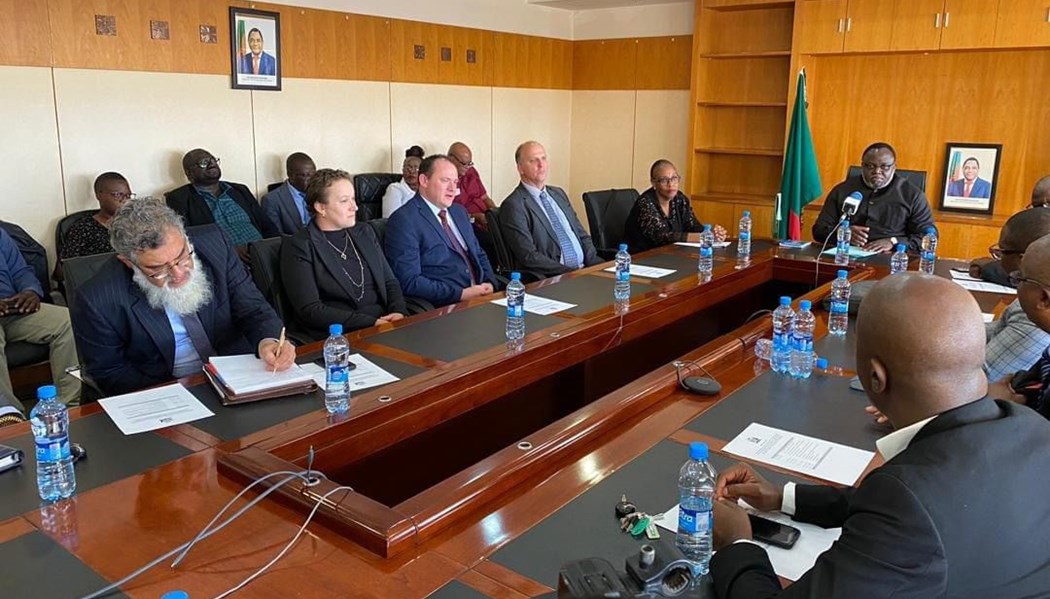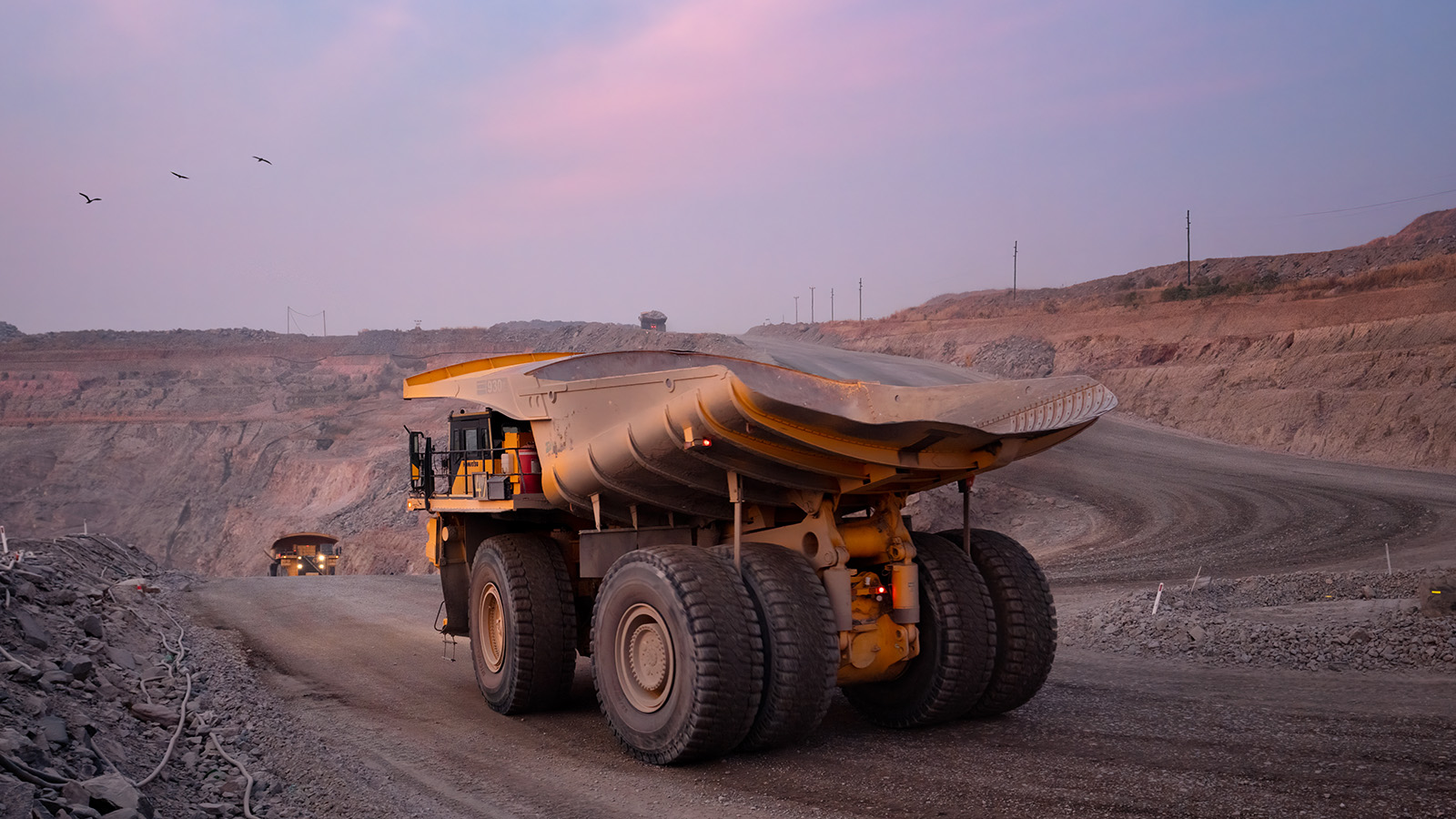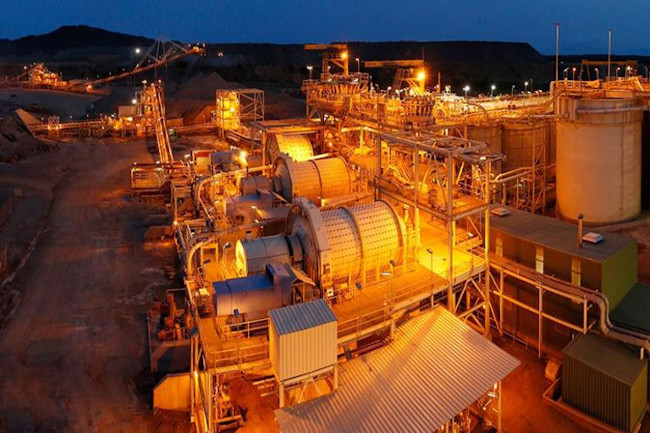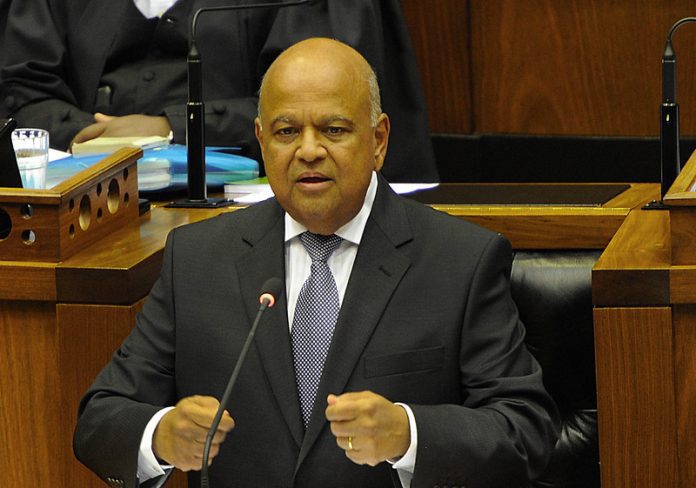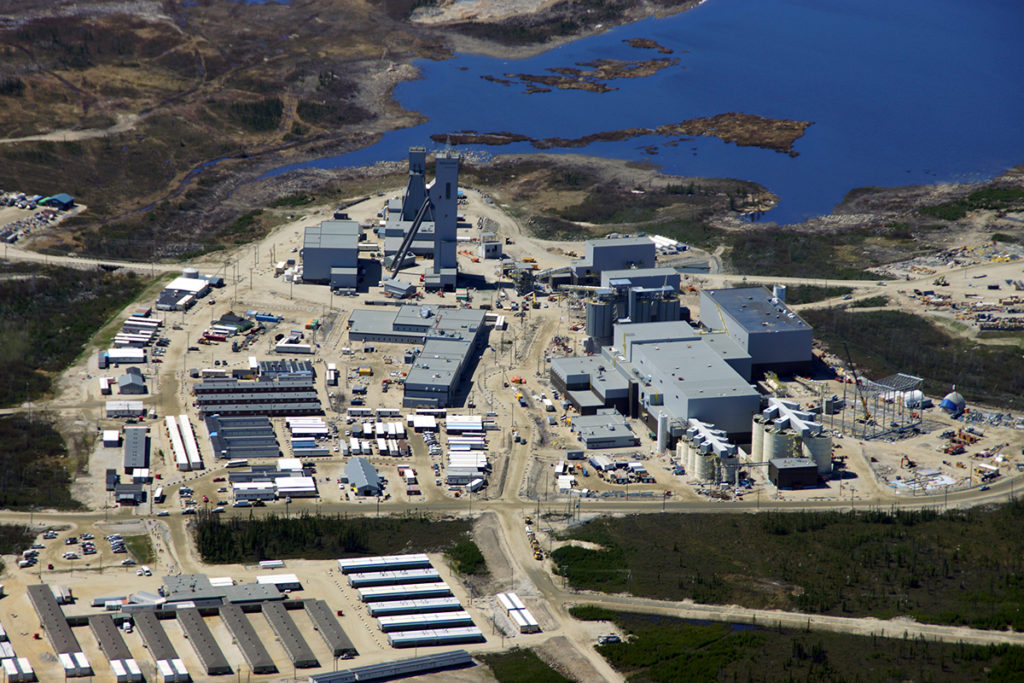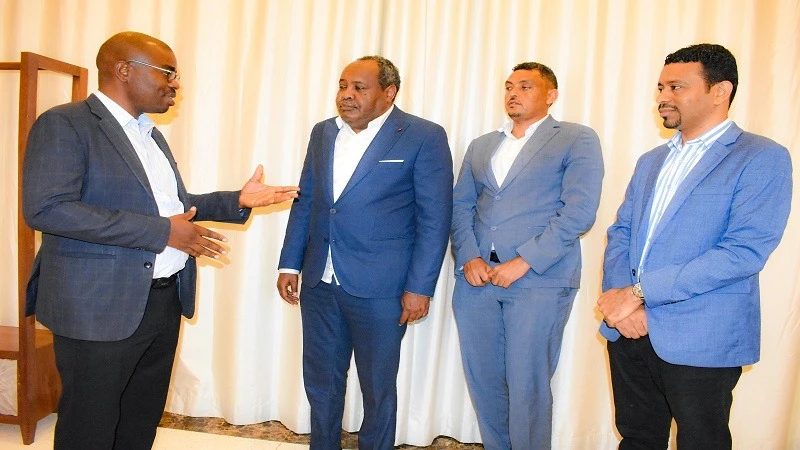Mining Other

Africa’s climate moment-from Addis Ababa to the world
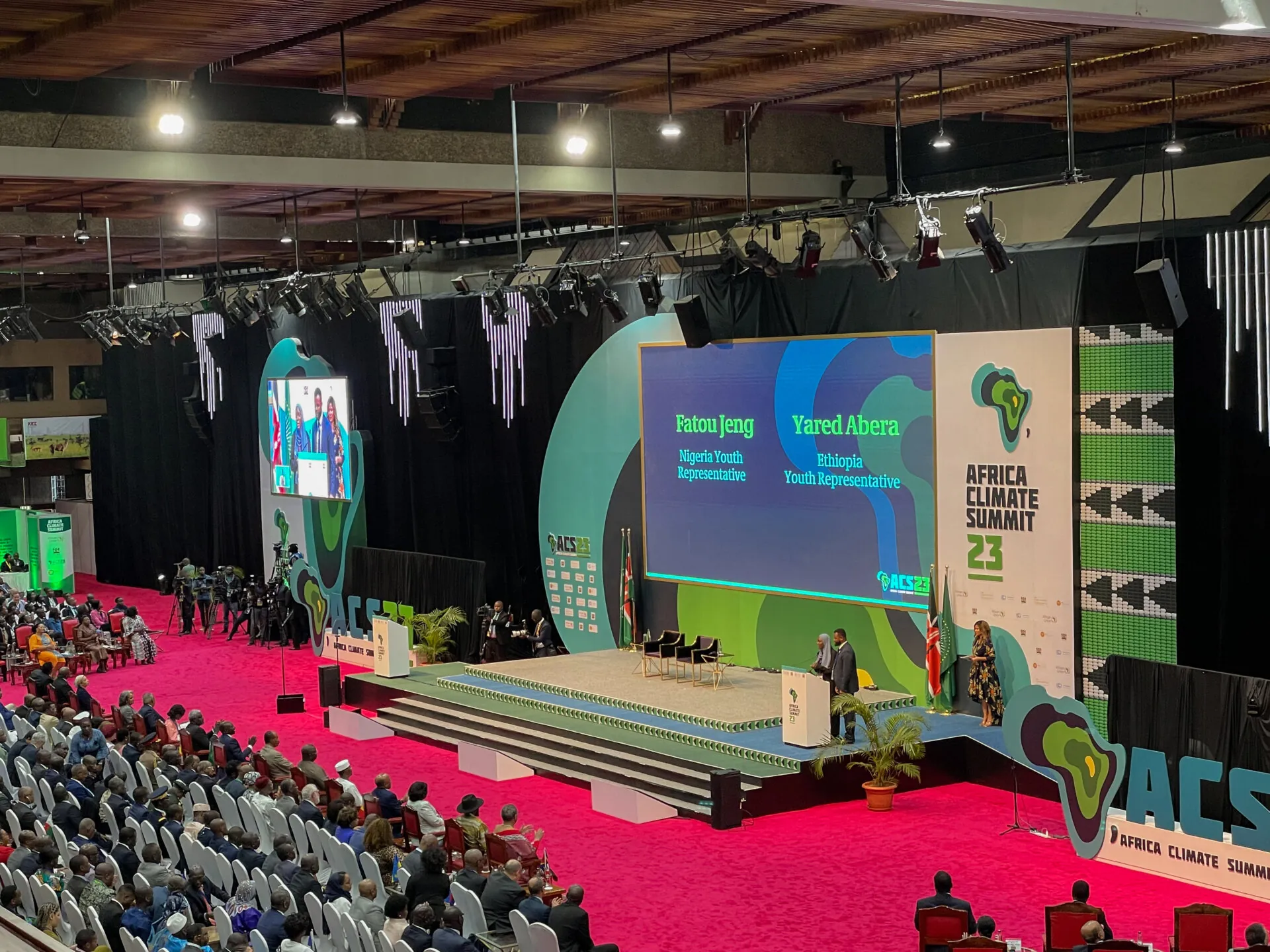
African leaders attending the conference set the mood on the first day. Ethiopian Prime Minister Abiy Ahmed, speaking at the opening plenary, declared: “We are not here to negotiate our survival. We are here to design the world’s next climate economy.” He urged the world to stop defining Africa by its deficits, noting: “Too often, Africa’s story begins with what we lack. Let us instead begin with what we have.”
African Union Commission Chairperson Mahmoud Ali Youssouf noted that “climate finance must be fair, significant, and predictable”, while President William Ruto added that “no nation can solve this crisis alone”.
The pledge to generate 300GW of renewable energy by 2030 is staggering in its scope. It signals a continent willing to move at a pace that outstrips many wealthier regions still dithering over incremental targets. Africa possesses 40 per cent of the world’s renewable potential, yet captures only two per cent of investment flows.
At the same time, the frameworks to translate ambition into reality are now in place. The Africa Green Industrialisation Initiative (AGII) and the Africa Green Minerals Strategy aim to connect capital to projects, resources to industries, and infrastructure to livelihoods. The goal is not megawatts for their own sake, but energy driving factories, processing plants, and value chains that can stand on a global stage.
Minerals featured heavily in Addis Ababa, and rightly so. Africa holds the critical reserves of cobalt, lithium, and other transition materials that will power electric vehicles, wind turbines and energy storage worldwide. The message is unambiguous: resources will no longer leave the continent without value being added first. The strategy is beneficiation, regional supply chains, and industrial sovereignty.
The AGII embodies this new direction. It is designed to align renewable power, trade under the African Continental Free Trade Area, regional standards, and financial commitments into a coherent plan for green growth. The commitments made in Addis Ababa, including over $100 billion by African financial institutions, give the initiative a credibility that past declarations lacked.
The Declaration also treated agriculture with the seriousness it deserves. Climate change is already reshaping rainfall, farmland yields, and livelihoods, threatening the food security of hundreds of millions. The Summit put forward climate-smart agriculture and sustainable farming as cornerstones of resilience. Food was discussed as a matter of sovereignty, not charity.
Ambition, of course, must translate into delivery. Financing remains the great bottleneck, along with governance challenges and the slow-moving machinery of global markets. The distance between a 300GW pledge and real turbines, solar fields, and grids is vast. But the continent has made its intentions plain. It will not wait to be rescued, and it will not be satisfied with symbolic gestures.
The burden now falls on the rest of the world. Will investors match Africa’s ambition? Will markets open up to African green products rather than block them with tariffs and regulations? Will wealthy countries treat Africa’s industrial rise as a threat or as the global lifeline it clearly is?
As the dust settles on the summit, the conference will be remembered as the moment Africa refused to be spoken for. The Addis Ababa Declaration crystallises a shift from vulnerability to leadership, from margin to centre. Africa has the energy, the minerals, the land, and the ambition to drive the global transition. The only open question is whether the world is ready to keep up.




